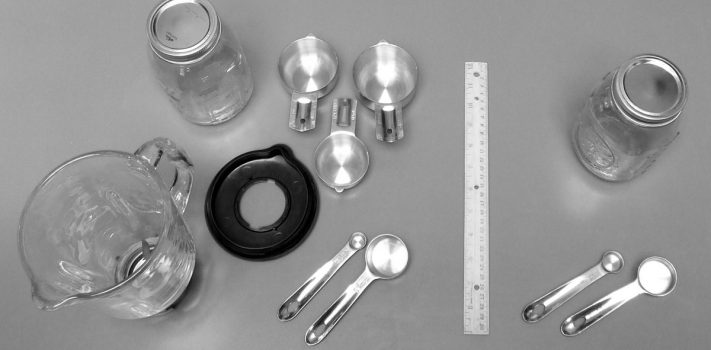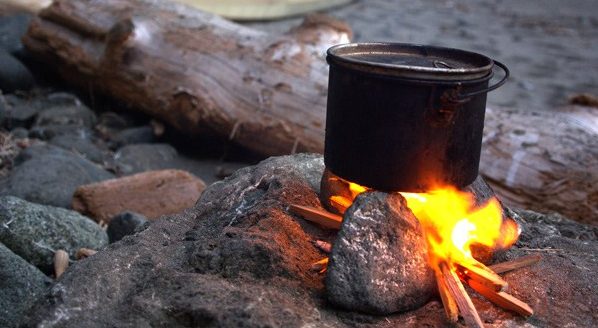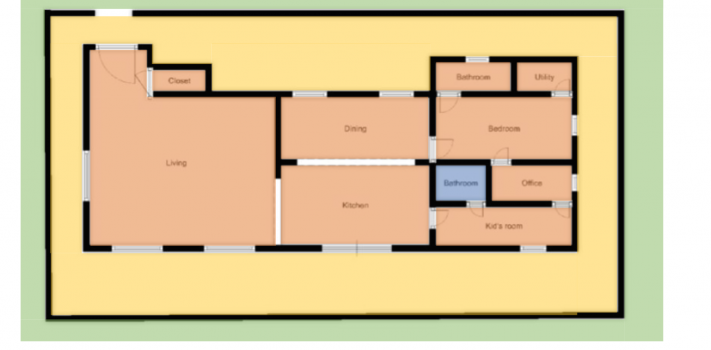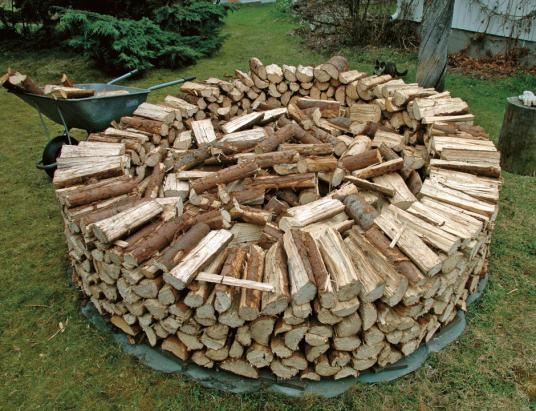How to Teach Situational Awareness to Children – Part 1, by T.Y.
(Part 1 of 5) Until I was four years old my family lived in the “old house.” It was a wooden, four-room cabin overlooking a mountain stream. My grandfather built the cabin in the 1940s. When we wanted a drink of water we walked to our spring, filled a bucket and toted it home. If grandma needed hot water she had to start a fire first. While my sister and I played outside in the dirt, grandma cleaned clothes on a washboard in the creek and wrung them dry. She let us “help” when she churned butter or shucked corn, …












